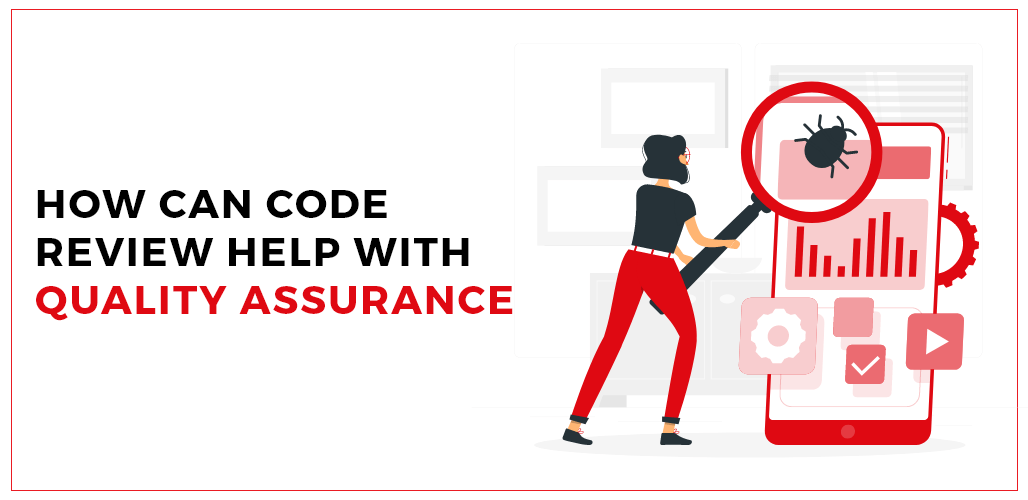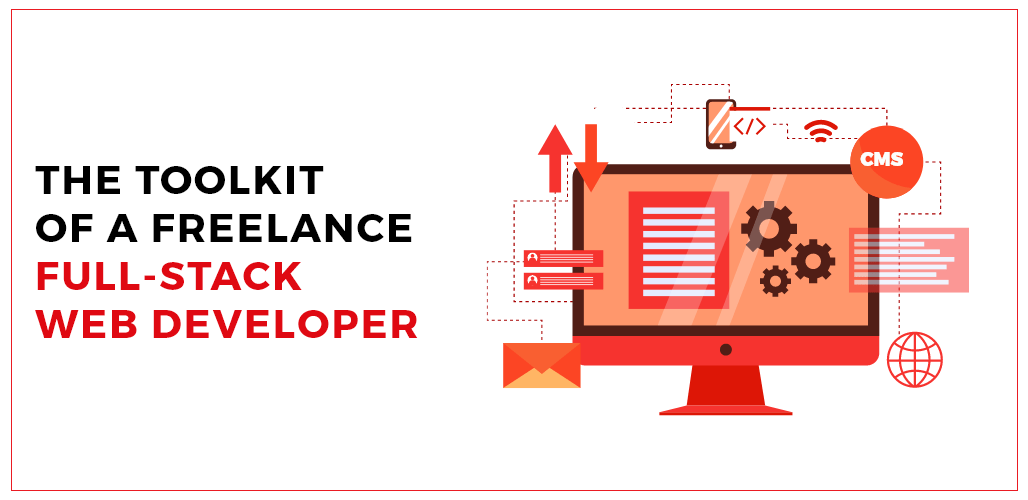Agile teams are self-organizing and have a diverse range of skill sets. Code review help with quality assurance aids to achieve this, in part. The learning of the code base and new technologies and methodologies that expand their skill sets are both facilitated by code review for developers.
What is code review?
Making code better is the primary goal of code review. However, reviewing another person’s code is much easier said than done. Besides, team leads may have a terrible time managing a review procedure. For this reason, we outline the top-recommended practices for code review, the code review process, and what to look for in a code review.
Create Code Review Checklist
A code review checklist is an established collection of guidelines and questions your team will adhere to throughout the code review procedure. This gives you the advantage of an organized approach to the necessary quality checks before you approve code into the codebase. Your list might include the following:
- Readability: Does the code contain any irrelevant comments?
- Security: Is the system vulnerable to a cyberattack because of the code?
- Test coverage: Do additional cases need to be tested?
- Architecture: Does the code achieve separation of concerns through encapsulation and modularization?
- Does the code use reusable elements, procedures, and services?
Review 400 Lines at a Time
According to a SmartBear study of a Cisco Systems development team, engineers should only review 200–400 lines of code (LOC) at once. Beyond 400 LOC, the brain’s capacity for effective information processing declines, making it harder to detect flaws. In actuality, a review of 200–400 LOC lasting 60–90 minutes should uncover 70–90% of the defects. Therefore, if there were ten faults in the code, a thorough review would discover seven to nine of them.
Don’t Rush Your Code Review
Ineffective code reviews result from skipping over too many lines of code. When analyzing lines of code, quality is unquestionably more significant than quantity. Suppose you evaluate code for an extended period of time. In that case, your review will lose effectiveness and attention (which defeats the purpose of getting a fresh pair of eyes during code review).
Add Comment during Development
The first technique involves developers explaining the purpose of a code block to reviewers using non-functional comments in sections of the code. Comments make it easier for the review team to understand why the developer made a choice or change they did. When properly implemented, comments should allow knowledgeable reviewers to comprehend the aim and approach of the entire code sequence. Additionally, establishing and following a style guide improves readability for the entire team.
Compare code against standards
Don’t let code reviews become a place where petty personal preferences are substituted for insightful criticism. To get the most out of code reviews, the emphasis should be on adhering to standards and maintaining quality. Managers and organizations must provide developers with accepted criteria and perhaps a checklist to use throughout the review to accomplish this.
Managers and seasoned developers should teach new team members what to look for in code reviews. Consider, for instance, doing team training to encourage engineers to refrain from being fussy unless the modifications negatively influence the code’s functionality. For team members to get familiar with them and know what to look out for, emphasize your team’s coding standards. Teams can employ automated technologies for quality and consistency in addition to standards.
Build a process for requesting and approving
Once a review is finished, the reviewer has three options: approve the review, block the review with a change request, or simply mark the review as “not yet authorized.” The quality of the review can also be determined by how the reviewers use these procedures to approve and request status changes. A good code review, for instance, won’t accept any modifications if any open-ended questions haven’t been resolved.
Additionally, they specify which comments or queries are not blocking and clearly designate them as such. Reviewers must also be clear when they approve a modification, for instance, by providing a thumbs-up comment. You can prevent time-consuming and expensive team member communication in this way.
Code Review Tools
- Using a static code analysis tool is the initial step in evaluating the project’s overall code quality. Utilize technology-based tools like SonarQube, NDepend, FxCop, and TFS code analysis rules. There is a misconception that managers should only use static code analysis tools.
- Utilize plug-ins like Resharper, which in Visual Studio recommends recommended practices.
- Use tools like Crucible, Bitbucket, and the TFS code review process to keep track of code review comments.
Reviewing code keeps a code base’s best practices current and preserves a certain level of consistency. Style, style, design patterns, and naming conventions should all be consistent throughout the code. It will assist keep your code formatted appropriately and user-friendly for other team members if you have someone who adheres to the same standards evaluate it. Code review is a fantastic technique to introduce new code being added to the code base to other team members. You can discuss it with them and rapidly get them up to speed.
Credits: AppVerticals Android Application Development Company








